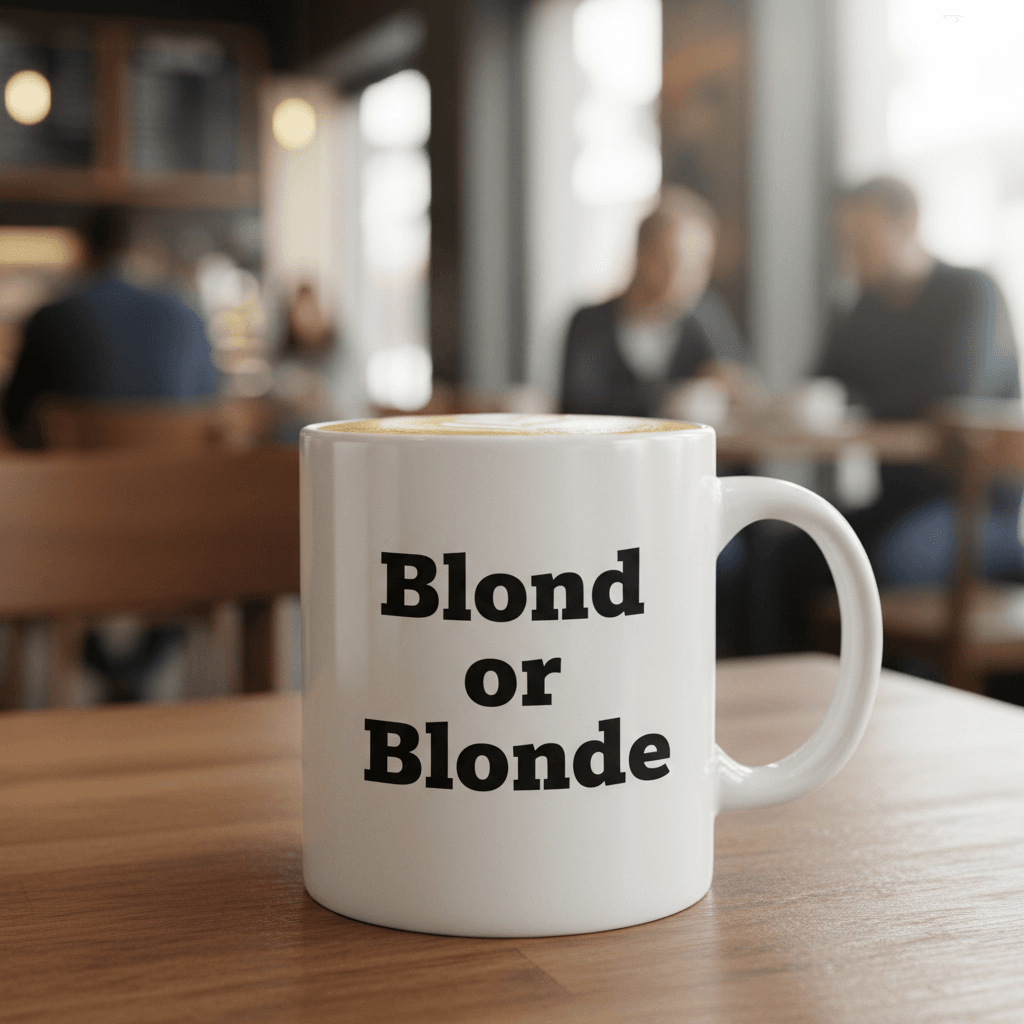Blond vs. Blonde: What’s the Difference?
 The words blond and blonde mean the same thing — a person with light-colored hair — but they differ slightly in spelling, gender, and regional preference.
The words blond and blonde mean the same thing — a person with light-colored hair — but they differ slightly in spelling, gender, and regional preference.
Here’s the simple rule:
- Blond → used for men or as a general adjective (especially in American English).
- Blonde → used for women (especially in British English).
1. Blond: The General and American Form
Meaning
“Blond” is both a noun and an adjective describing someone with light yellow hair.
In American English, blond is the preferred spelling for both men and women.
Examples (10 total)
- He has blond hair and blue eyes.
- The blond man sat by the window.
- She dyed her hair blond last summer.
- Their baby was born with blond curls.
- I like the soft blond color of the wood.
- The actor’s blond highlights looked natural.
- My friend’s blond hair glowed in the sunlight.
- That blond kid reminds me of my cousin.
- The painter mixed a blond shade of yellow.
- In the U.S., “blond” is used for everyone, regardless of gender.
🧠 Tip:
If you’re writing in American English, use blond for all cases.
2. Blonde: The Gendered and British Form
Meaning
“Blonde” (with an e) is traditionally the feminine form of blond.
It’s more common in British English, where the spelling changes depending on the gender of the person.
- Blond = male
- Blonde = female
Examples (10 total)
- The blonde woman smiled warmly.
- She is a natural blonde.
- That blonde actress won an award.
- The blonde girl waved from across the street.
- He and his blonde sister both have green eyes.
- The salon specializes in blonde highlights.
- She looked elegant with her new blonde color.
- The blonde reporter interviewed the mayor.
- People often associate blonde hair with brightness.
- In the U.K., blonde often refers to women only.
🧠 Tip:
If you’re writing in British English, use blonde for women and blond for men.
3. Quick Comparison Table
| Context | Word | Usage | Example |
|---|---|---|---|
| American English (neutral) | Blond | For everyone | She has blond hair. |
| British English (male) | Blond | Describes a man | He is a blond actor. |
| British English (female) | Blonde | Describes a woman | She is a blonde singer. |
| As a color | Blond | Always used | A blond shade of wood. |
4. How to Remember the Difference
👉 Blond = for all (think: “short and simple” → neutral or American).
👉 Blonde = for she (the extra “e” = feminine).
💡 Memory Trick:
“Blonde with an ‘e’ is for she.”
5. Common Mistakes
❌ He is a blonde man.
✅ He is a blond man.
❌ I love her blond hair color (in British writing).
✅ I love her blonde hair color.
❌ They both have blonde hair (in American English).
✅ They both have blond hair.
6. Why It’s Easy to Confuse Them
Because the words look identical and come from French, where “blond” and “blonde” are gendered forms.
Modern English simplified the rule — especially in the U.S., where only blond is used.
Even grammar tools sometimes mix them up, which is why Humanizey can help refine your tone and ensure your writing follows the right regional style.
FAQs
1. Is “blonde” wrong in American English?
No, it’s not wrong — just less common. Most Americans use blond for both men and women.
2. Can I say “a blonde”?
Yes, but it’s best used informally for people (e.g., She’s a blonde).
In formal writing, use blond-haired person instead.
3. Which spelling should I use for hair color names?
Use blond as a color adjective — e.g., blond highlights, light blond tone.
4. Is there a difference in pronunciation?
No. Both are pronounced the same: /blɒnd/ in British English, /blɑːnd/ in American English.
Practice: Choose the Correct Word (“Blond” or “Blonde”)
(Answers are listed at the end.)
- He’s a tall ___ man with green eyes.
- She’s a natural ___.
- In the U.S., people use ___ for both men and women.
- The ___ hair color looks great on her.
- My friend is a ___ actress from London.
- That ___ wood fits the Scandinavian design.
- The little ___ boy smiled at me.
- Paris is famous for its ___ bombshells.
- I dyed my hair ___ last week.
- His sister is ___, but he’s dark-haired.
Answers
- blond
- blonde
- blond
- blonde (UK) / blond (US)
- blonde
- blond
- blond
- blonde
- blonde / blond (US)
- blonde
